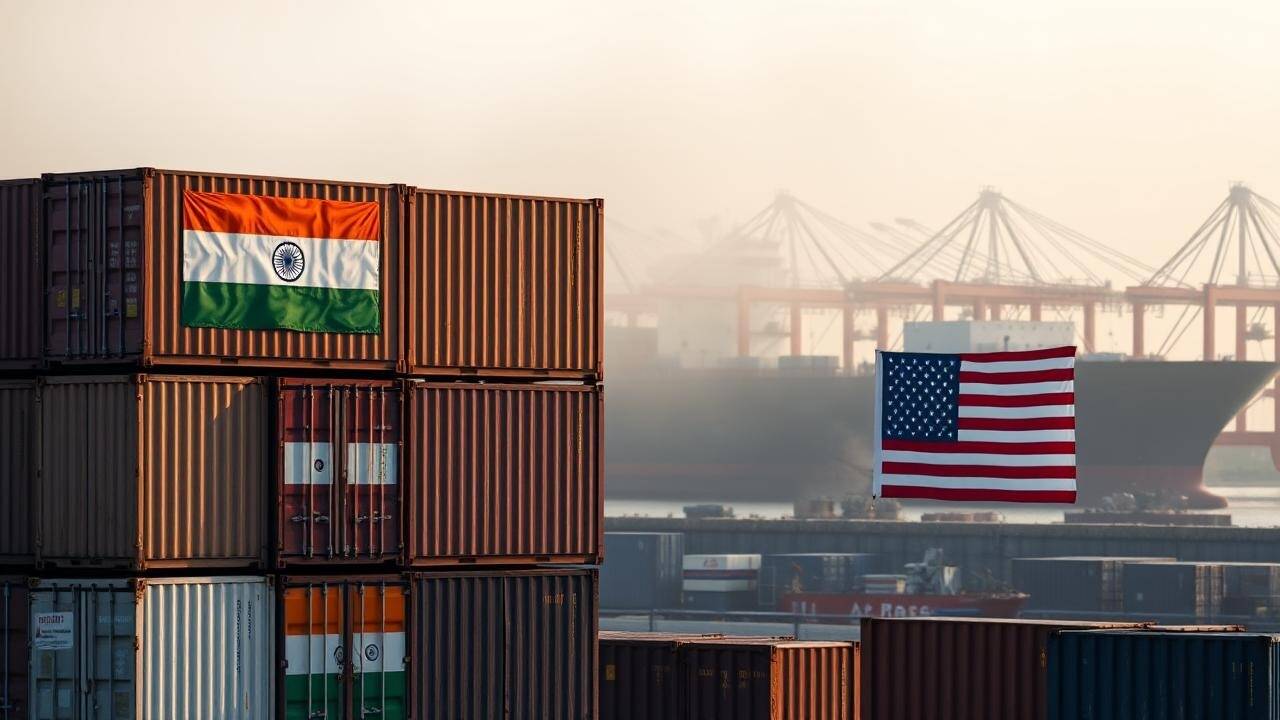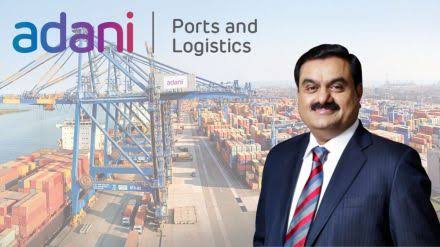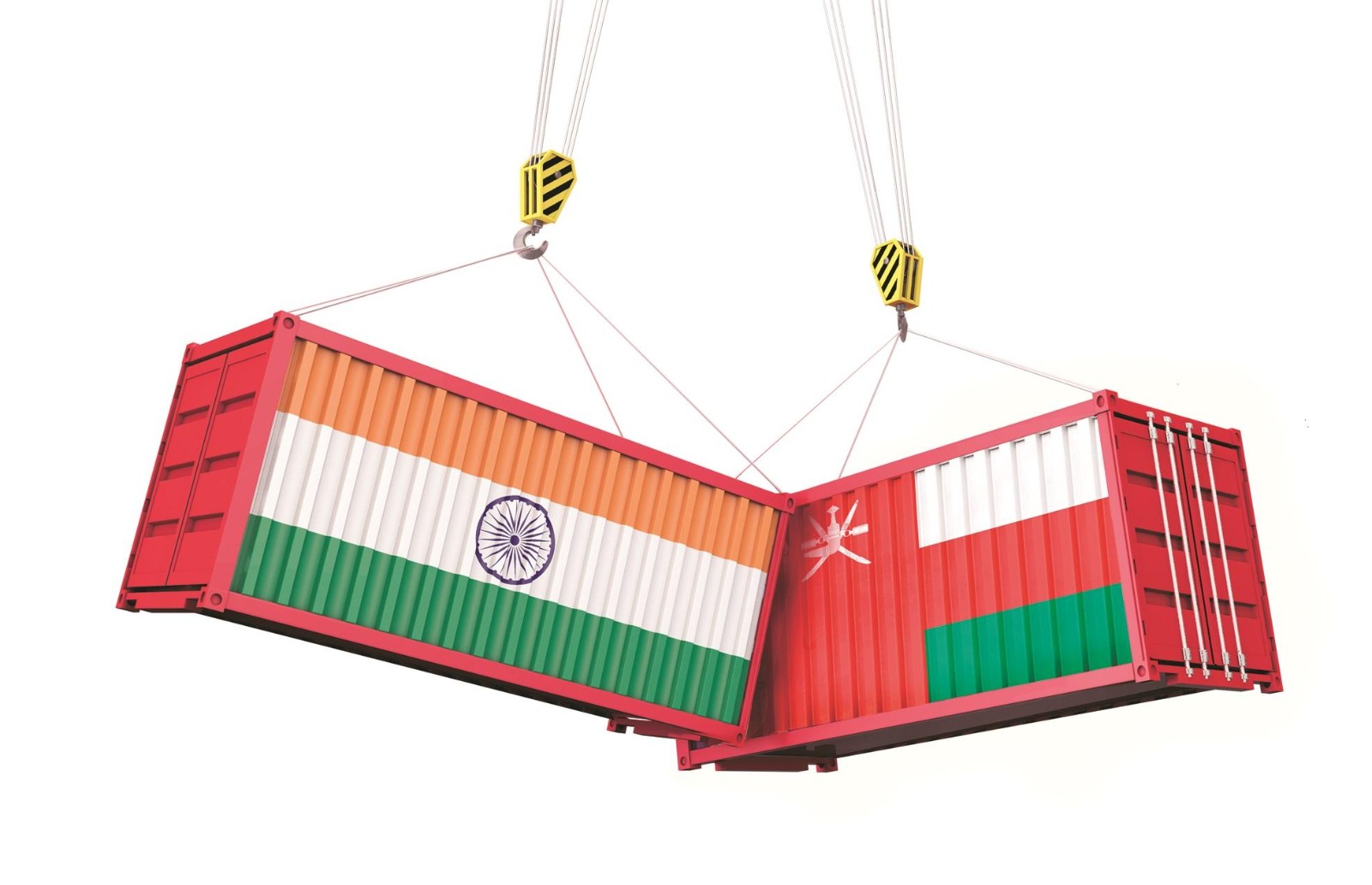 Image Source: Times of India
Image Source: Times of India
Despite the United States imposing steep tariffs on Indian goods—raising duties to unprecedented levels of up to 50% in 2025—American companies are pressing forward with their expansion plans in India. This resilience reflects India’s strategic importance as a fast-growing market, attractive manufacturing hub, and technological innovation center. While the tariffs present certain trade challenges, they have not diminished U.S. corporate commitment to long-term investments and operational growth across key sectors in India.
U.S. Tariffs: Scope and Impact
In mid-2025, the U.S. government imposed additional tariffs on Indian exports, citing geopolitical tensions related to India’s continued imports of Russian oil. The tariff increase doubled previous duties to 50%, the highest rate applied by the U.S. on any trading partner. The targeted Indian exports, totaling approximately $8.1 billion (out of $87 billion in total annual exports to the U.S.), face significant cost pressures.
Key affected sectors include engineering goods, electronics, pharmaceuticals, gems and jewelry, textiles, leather, and marine products. While some critical sectors like pharmaceuticals and semiconductors remain tariff-exempt, industries such as textiles and gems are vulnerable to loss of market share in the U.S. due to higher input costs. Despite this, the overall macroeconomic impact on India’s GDP is expected to be minimal, ranging between 0.19% and 0.6% according to various economic analyses.
Strategic American Corporate Expansion in India
Contrary to concerns that tariffs might stall growth, American multinational corporations are scaling up their footprints in India aggressively:
Technology and Cloud Infrastructure: Microsoft plans to invest $3 billion over two years to expand cloud and AI infrastructure, capitalizing on India’s burgeoning digital economy.
Manufacturing Growth: Apple has ramped up iPhone assembly through Indian contract manufacturers, seeing a 60% increase in production for 2025 as part of its diversification strategy.
Electronics and Supply Chain: Foxconn is establishing new manufacturing plants in India, reinforcing India’s role as a global electronics hub amidst tariff-driven shifts in supply chains.
E-Commerce and Logistics: Amazon has invested over $11 billion in India and continues to expand fulfillment and cloud capacity, meeting the demands of India’s fast-growing consumer base.
Automotive Sector: Global auto manufacturers, including Nissan, Renault, and emerging players like VinFast, are expanding production facilities to tap India’s growing vehicle market and export potential.
Aerospace and Defense: Airbus is collaborating with Indian partners to increase local manufacturing and service capabilities in civil aviation and defense sectors.
These investments highlight that Indian market potential, combined with policy incentives like “Make in India” and a skilled workforce, outweighs tariff-related uncertainties.
Why Expansion Continues Despite Tariffs
Several factors underlie American companies’ confidence in India amid tariff hikes:
India’s Economic Resilience: India maintains the highest GDP growth forecast among major economies at around 6.4% for 2025-26, supported by strong domestic consumption and diversified trade.
Industry Adaptability: Companies are pursuing market diversification and moving toward higher value-added products and long-term partnerships with Indian manufacturers and retailers.
Policy and Infrastructure Support: Indian government initiatives promoting foreign direct investment (FDI), infrastructure upgrades, tech innovation ecosystems, and manufacturing incentives create a compelling investment environment.
Talent and Cost Advantages: India’s deep talent pools, especially in technology and engineering, combined with competitive labor costs, are critical to global corporate strategies.
Geopolitical Considerations: Diversifying supply chains from China and Southeast Asia, combined with India’s strategic global positioning, motivate continued commitment.
Challenges and Outlook
While the tariffs generate headwinds, businesses and policymakers are actively managing risks. Exporters are implementing pricing strategies and exploring alternative markets such as the European Union, ASEAN countries, Canada, and Latin America to mitigate dependency on the U.S. market.
The tariffs may slow down short-term export growth in sensitive sectors, notably textiles and gems, but do not erase the attractive fundamentals that drive corporate expansions. The evolving U.S.-India trade relationship is complex, yet the commercial ecosystem continues to thrive with mutual benefits.
Conclusion
The U.S. tariffs on Indian goods, though significant, have not deterred American corporations from investing heavily in India’s economy. Instead, they have reinforced the strategic importance of India as a resilient, diversified, and rapidly growing hub for manufacturing, technology, and services. With robust expansions underway across multiple sectors, the U.S.-India commercial partnership is set to deepen, reflecting a long-term vision that transcends immediate tariff challenges.
Relevant Sources: PHD Chamber of Commerce and Industry (PHDCCI), Vision IAS, CNBC, Indian Express, Invest India, ClearTax, NDTV
Advertisement
Advertisement








